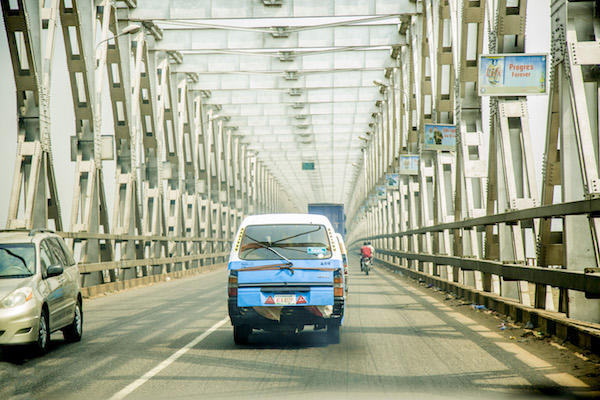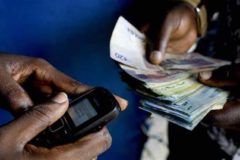This month’s WhatsNext event focused on mobility and the future of tech-enabled mobility solutions in the logistics and transportation sectors.
The WhatsNext series is a monthly event, hosted by Nest Nairobi, that features speakers from different sectors. They’ve had events that tackled issues like music, travel, and agriculture, and this month’s discussion was on mobility. happened on Wednesday, April 27 at the Strathmore Business School Nairobi.
This topic technically stems from Google’s recent announcement that live traffic alerts would be available to Google Maps users in Kenya, Nigeria and South Africa. Kenyan traffic app, Ma3route was there to present their findings on their study on traffic patterns and accidents in Nairobi.
Ma3route is a product of SkyeHI, a Kenyan tech startup that focuses on improving the mobility experience of people in Africa’s emerging cities. Right now, Ma3route has over 500,000 daily users across their platforms – app, web, SMS, Twitter and Facebook. They crowdsource their information and transmit them in form of newsfeeds.
Since TechCabal couldn’t be at the event, Ma3route data scientist, Elizabeth Resor was kind enough to share the results of their study with us. The research ran for 6 months and information from commuters inside and around Nairobi was collected. The study focused on incidents in Nairobi, though.
From May till October, 2015, Ma3route users were asked to report, on Ma3route platforms, all the accidents they observed in their daily commutes. To encourage participation, five users were randomly selected to win KSH100 (approx. $1) in airtime.
Users sent in reports containing text, date and time, a category determined by a proprietary algorithm, and sometimes a photo or link to other media. The data collected from the reports was then matched to others so single entries for accidents could be made into the database. After that, location data based on landmarks and road names was added. This entire process was partially automated to make analysis faster and more efficient.
Ma3route verified the reports they received through a two-step internal validation process. The first step involved ensuring an accident had more than one report, then finding out if the report came with a photo of the incident. At the end of the 6 months of the research, 7,817 accidents were reported with 3,941 being unique and 1,900 being verified. The geo-tagged, verified accidents accumulated at the end of the research were 1,324.
One of their findings showed that 42.5% of accidents (37 out of 87) involving pedestrians in Nairobi happened within 500 meters of a pedestrian bridge. Meaning many pedestrians in Nairobi prefer to cross roads without using bridges, despite these bridges being walking distance.
Another finding showed accidents involving public service vehicles, like buses, averaged more reports than those involving other road users. Elizabeth thinks this could either be due to the tendency for there to be larger outcry in response to accidents involving public transportation, or due to the fact that more people are affected in these kinds of accidents.
Ma3Route plans to take the accident report validation process to the external level. They hope to use data from Kenya Red Cross and the National Transit Safety Authority (NTSA) of Kenya. The Red Cross collects data for accidents so they can send out ambulances while the NTSA collects data from the police. Ma3Route hopes that using data from these bodies would help in providing additional data and insight.
And although these data collection methods have their shortcomings (for instance, minor injuries do not require serious medical attention and parties involved may prefer to settle and leave out the police), it is still an angle Ma3Route is willing to explore.
Getting on-the-go reports about traffic incidents is important for residents in busy cities and it’s great that indigenous startups are taking mobility and traffic navigation serious. I mean, it’s not just about safety for commuters, it’s also about stress-free and efficient movement within busy cities. It’d be nice to see GidiTraffic do something like this. You know, carry out research so government or startups can step up and deliver.


















